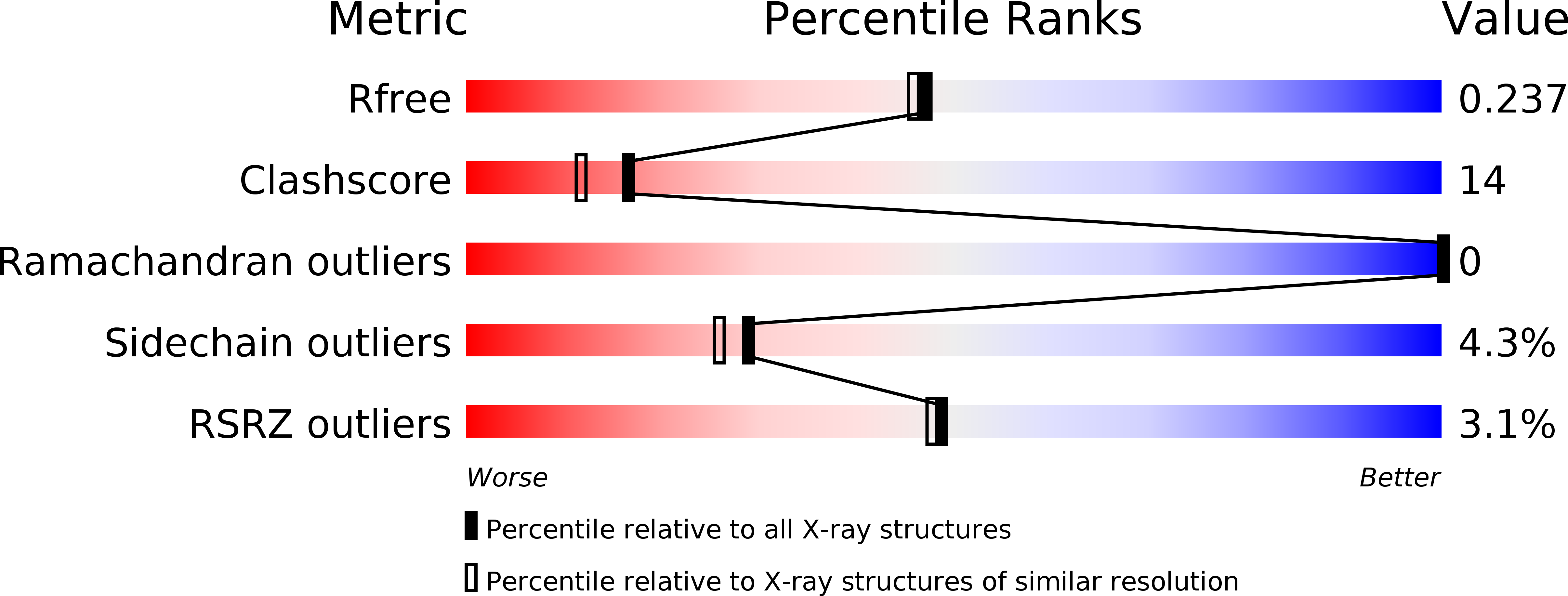
Deposition Date
2003-05-10
Release Date
2004-02-03
Last Version Date
2023-10-25
Entry Detail
PDB ID:
1P9B
Keywords:
Title:
Structure of fully ligated Adenylosuccinate synthetase from Plasmodium falciparum
Biological Source:
Source Organism:
Plasmodium falciparum (Taxon ID: 5833)
Host Organism:
Method Details:
Experimental Method:
Resolution:
2.00 Å
R-Value Free:
0.24
R-Value Work:
0.19
Space Group:
C 2 2 21


